Tiptop Audio Chorus Bruksanvisning
Tiptop Audio
Tangentbord
Chorus
Läs gratis den bruksanvisning för Tiptop Audio Chorus (6 sidor) i kategorin Tangentbord. Guiden har ansetts hjälpsam av 46 personer och har ett genomsnittsbetyg på 3.7 stjärnor baserat på 23.5 recensioner. Har du en fråga om Tiptop Audio Chorus eller vill du ställa frågor till andra användare av produkten? Ställ en fråga
Sida 1/6

Chorus
Z-DSP card
Produktspecifikationer
| Varumärke: | Tiptop Audio |
| Kategori: | Tangentbord |
| Modell: | Chorus |
Behöver du hjälp?
Om du behöver hjälp med Tiptop Audio Chorus ställ en fråga nedan och andra användare kommer att svara dig
Tangentbord Tiptop Audio Manualer
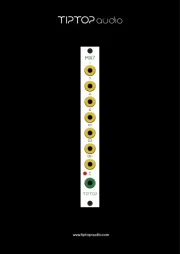
3 Augusti 2025
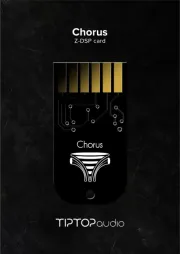
3 Augusti 2025
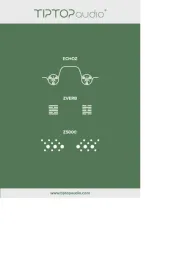
2 Augusti 2025
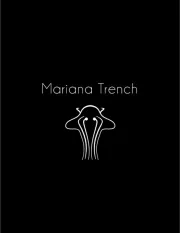
2 Augusti 2025
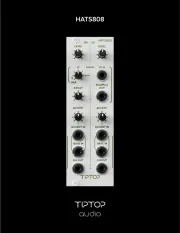
2 Augusti 2025
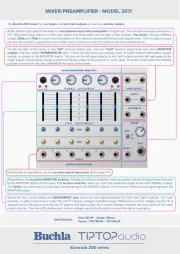
2 Augusti 2025
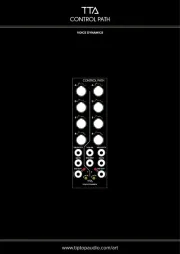
31 Juli 2025
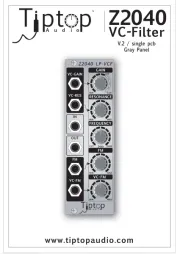
31 Juli 2025
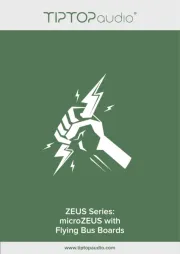
31 Juli 2025
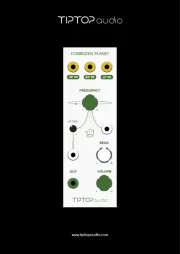
31 Juli 2025
Tangentbord Manualer
- Viper
- Brookstone
- GPX
- Hori
- UDO-Audio
- MSI
- Mede8er
- CTA Digital
- Gigabyte
- IOPLEE
- BT
- Manhattan
- Digitech
- R-Go Tools
- X-keys
Nyaste Tangentbord Manualer
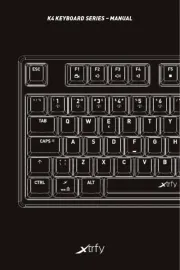
19 Oktober 2025
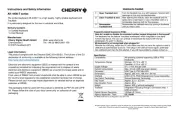
19 Oktober 2025
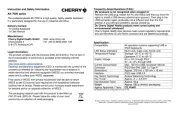
19 Oktober 2025

10 Oktober 2025

10 Oktober 2025

10 Oktober 2025
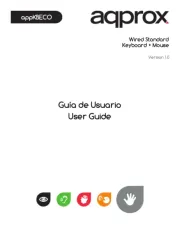
9 Oktober 2025
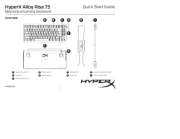
9 Oktober 2025
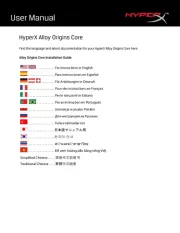
9 Oktober 2025
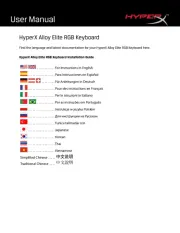
9 Oktober 2025